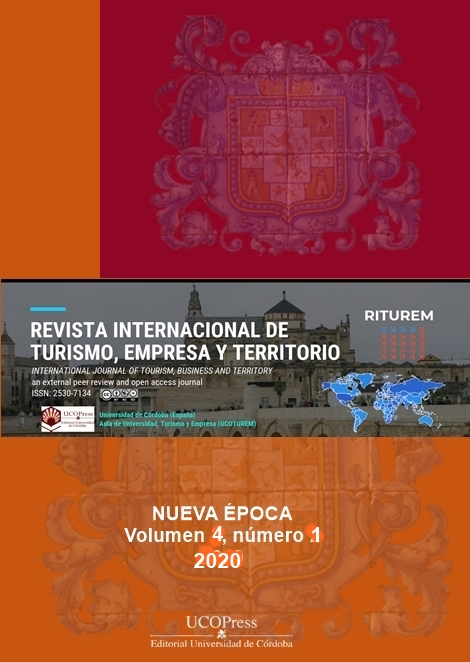Theoretical foundations for a conservation strategy for wetlands in Ecuador
Main Article Content
Abstract
The objective of this work was to support the conceptualization of the sustainable management of wetlands in Ecuador. The aim was to establish the theoretical-scientific bases on these ecosystems considering their characteristics and socio-environmental problems. There are several causes of its deterioration, among them private economic interests, ignorance on the part of local managers and low social valuation. The methodology used followed a qualitative approach based on the bibliographic review, search for technical information and official documents. Research found in specialized scientific literature was taken as a reference. Then a theoretical framework for the comprehensive management of wetlands was proposed, considering the tourist activity as a management and conservation tool. A conceptualization matrix was established where the main definitions of wetlands in Ecuador are described. Finally, the classification is analyzed according to the biological and physical characteristics according to the guidelines of the Secretariat of the Ramsar Convention, which classifies them into 30 categories of natural and 9 artificial wetlands.
Keywords: Tourism; Protected areas; Wetlands; Sustainable development; Theoretical framework; Ecuador.
Downloads
Article Details
Copyright Notices Proposed by Creative Commons
Proposed policy for journals offering deferred open access
Those authors who have publications with this journal, accept the following terms:
1. The authors will retain their copyright and guarantee to the journal the right of first publication of their work, which will be simultaneously subject to the Creative Commons Recognition License CC BY-NC 4.0 (Creative Commons — Attribution-NonCommercial 4.0 International — CC BY-NC 4.0 ) hird parties to share the work provided that its author and its first publication is indicated this journal and no commercial use is made.
2. Authors may adopt other non-exclusive licensing agreements for the distribution of the published version of the work (e.g., deposit it in an institutional telematics file or publish it in a monographic volume) provided that the initial publication is indicated in this journal.
3. Authors are allowed and recommended to disseminate their work over the Internet (e.g. in institutional telematics files or on their website) before and during the submission process, which can produce interesting exchanges and increase citations of the published work. (See The effect of open access: http://opcit.eprints.org/oacitation-biblio.html.
